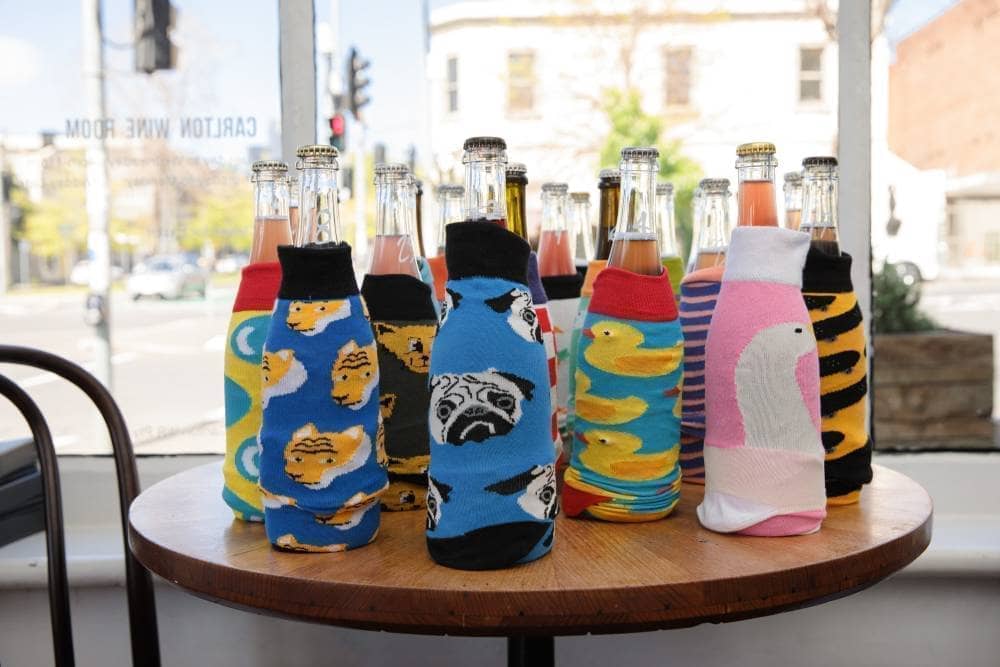The world’s most prolific wine grape, cabernet sauvignon has been planted in Australia since the first days of viticulture here. Today, its prime homes are arguably Margaret River and Coonawarra, but the Yarra Valley and even the Hunter Valley mount very convincing cases, too.
Also known as
Cabernet Sauvignon has no synonyms that are liable to confuse a wine drinker. However, a wine that is labelled cabernets may be a blend of the Bordeaux red varieties as long as either, or both, cabernet sauvignon and cabernet franc are present. A wine labelled cabernet must be cabernet sauvignon.
What cabernet sauvignon tastes like
Cassis or blackcurrant is one of cabernet sauvignon’s prime flavour profiles, though blackberry, mulberry and plum also feature. Notes of mint and capsicum (pyrazines) generally appear when less ripe, with a leafy varietal character persisting in most riper versions, though ultra-rich versions will tend to lose this and become more concentrated in a dark berry conserve-like way. Characters like brown spices, tobacco, graphite and cedar can also be a major feature, which are often part fruit and part oak influence, with cigar box a classic descriptor.
In the vineyard
Cabernet sauvignon ripens late, meaning that it can struggle to ripen in the cooler seasons in cool zones. In its historic homeland, and subsequently around the world, the complications that a cold season bring are offset by merlot and cabernet franc, which reliably ripen a week or two earlier. And more than just an insurance policy, these grapes also bolster fruit flavour and mid-palate generosity in more even vintages.
Winemaking
Cabernet sauvignon is a variety that is often associated with oak use, and usually small oak barrels, or barriques. The barrique is a Bordeaux staple, a 225-litre barrel whose small size imprints a large signature on the wine, especially if that barrel is new with a heavy toast level. The connection between the oak flavours and cabernet sauvignon, and blends featuring it, has historically been seen as a very harmonious one. While the oak will naturally be obvious in its youth, which can also add to the already assertive tannins, many wines dosed with high levels of oak are seen as very long-term prospects, with the impact of oak harmonising over time. That’s not to say that everyone uses lots of oak, and some not at all, with an increasing number of vibrant fruit-forward expressions being produced.
Where is cabernet sauvignon grown?
Bordeaux in France’s south-west is the spiritual home of cabernet sauvignon, where it is almost always blended with cabernet franc, merlot, petit verdot and malbec. Its prime territory is what’s known as the Left Bank, which refers to the vineyards on the left bank of the Gironde River estuary, while the earlier ripening merlot and cabernet franc are more dominant on the cooler Right Bank. Responsible for everything from lowly wines to what are some of the world’s most expensive wines, the five First Growths. While not scaling the same heights, cabernet sauvignon is grown throughout Southern France, and is often blended with carignan, syrah, grenache and mourvèdre.
Cabernet sauvignon around the world
Cabernet sauvignon is the world’s most planted grape variety and is grown all over the wine world, with it even persisting in some of the cooler margins of viticultural zones. When things get properly cold, cabernet has little chance of ripening, but many warm zones have long histories with the grape, even if some purists argue that it loses varietal definition. Cabernet is grown widely in Spain, where it is primarily used a blending variety, and gained decent fame in Priorat in combination with other French grapes. The most celebrated expressions of cabernet, though, arguably come from Bolgheri on the Tuscan coast, and used as an adjunct to sangiovese-based wines in many Super Tuscans. In the latter half of the 20th century it was also widely used to blend into Chianti, though native grapes are generally now favoured by quality producers. Perhaps the New World’s most famous growing zone is California’s Napa Valley, where it makes some revered wines, with some that rival Bordeaux for their price tags, and quality. Cabernet is widely grown across other Californian zones, as well as being the most planted variety in Washington State. It is also grown throughout South America, but it cedes kingship to those that are more often support in Bordeaux, like cabernet franc, malbec and, in Chile, to the old Bordeaux grape, carménère.
Cabernet sauvignon in Australia
Planted in every region in Australia – and our second most planted grape – cabernet sauvignon surprisingly produces wines of distinction even in some of the coldest regions, such as Tasmania and Macedon – though a beneficial site is essential for success. Places like Tasmania and the Mornington Peninsula were first thought to be prime homes for the grape, but both have pivoted to largely favour pinot noir and chardonnay. Cabernet has been in his country about as long as any variety, coming across in the Busby Collection of the 1830s. It has found its most successful homes in Coonawarra, Margaret River and the Yarra Valley, but the oldest plantings are to be found in the warmer zones of the Barossa and Clare Valleys. And while cabernet sauvignon was long thought to be a unsuitable for most of the Hunter Valley, Dr Max Lake – inspired after drinking an old Hunter cabernet – proved that theory substantially wrong, with his Lake’s Folly wines becoming some of this country’s finest examples.
Some of the best Australian cabernet sauvignon
Some of the icons
Balnaves
Cullen Wines
Domaine A
Lake’s Folly
Moss Wood
Mount Mary
Wendouree
Woodlands
Wynn’s
Yeringberg
Some of the new wave
Bellwether
Blind Corner
Bobar
Dormilona
Mac Forbes
Nocturne
Tripe Iscariot


